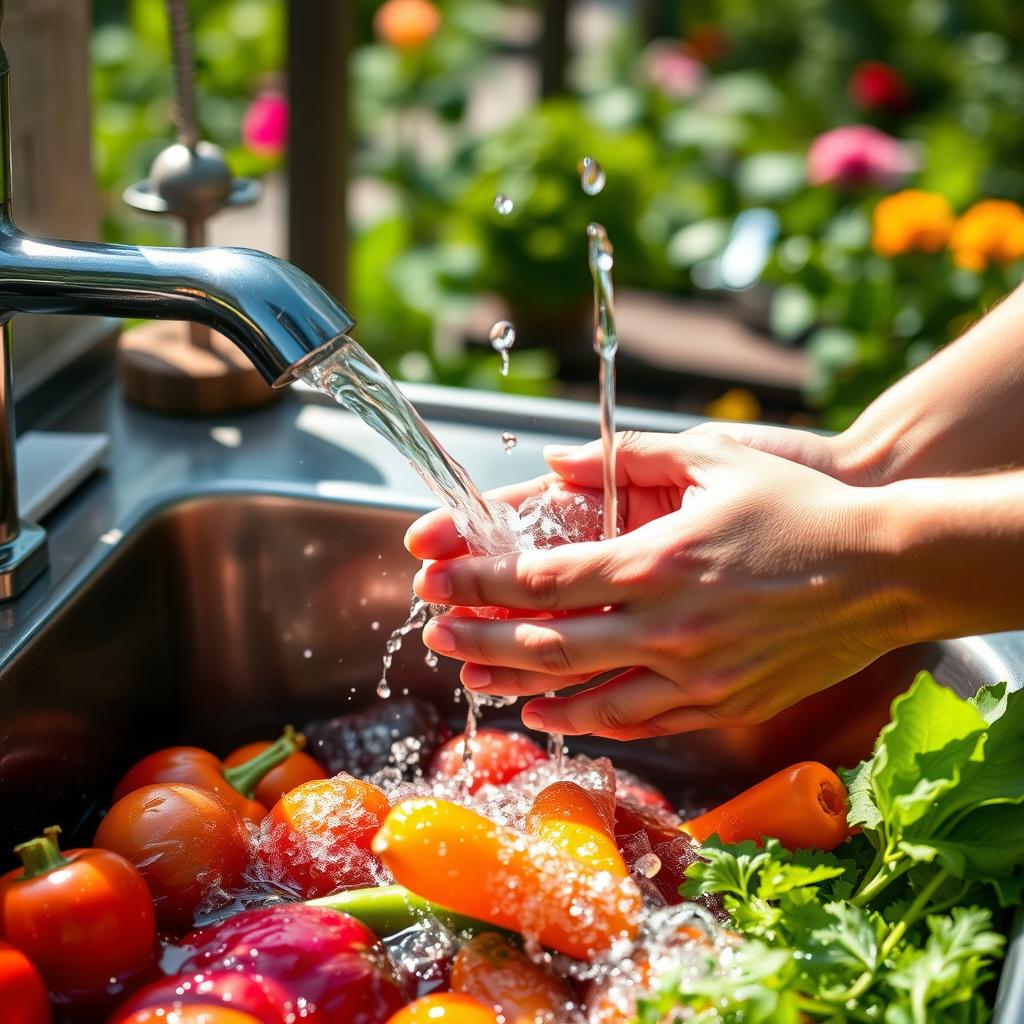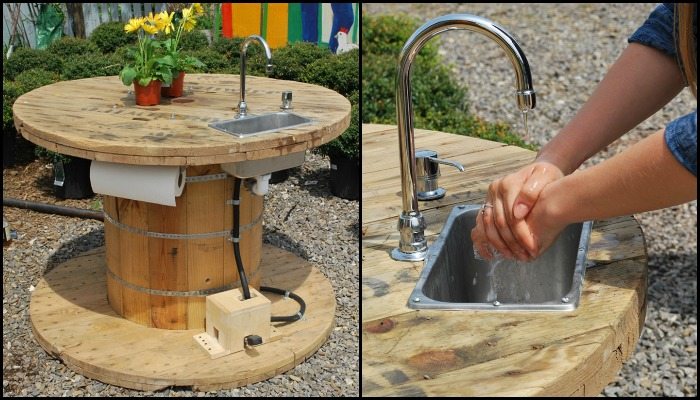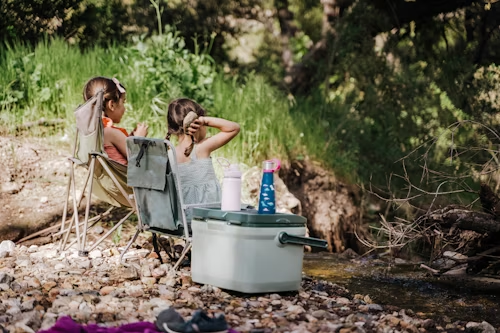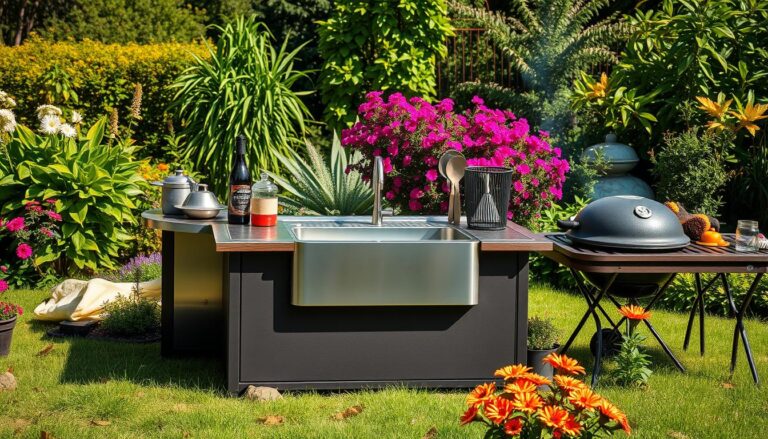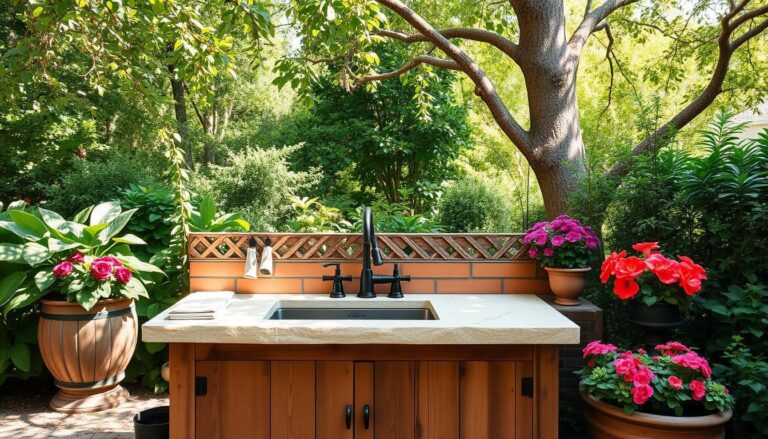How to Build an Outdoor Sink- DIY Outdoor Sink
An outdoor sink transforms your backyard into a functional space, making gardening, outdoor cooking, and cleanup tasks much more convenient. Instead of running back and forth to your indoor kitchen, imagine having a dedicated station right where you need it. This comprehensive guide will walk you through how to build an outdoor sink that’s built to last through seasons of use.
Why You Need an Outdoor Sink: Practical Benefits
Garden Produce Cleaning
Wash fruits and vegetables right where you harvest them. Rinse off dirt and debris before bringing produce indoors, keeping your kitchen clean and reducing indoor water mess.
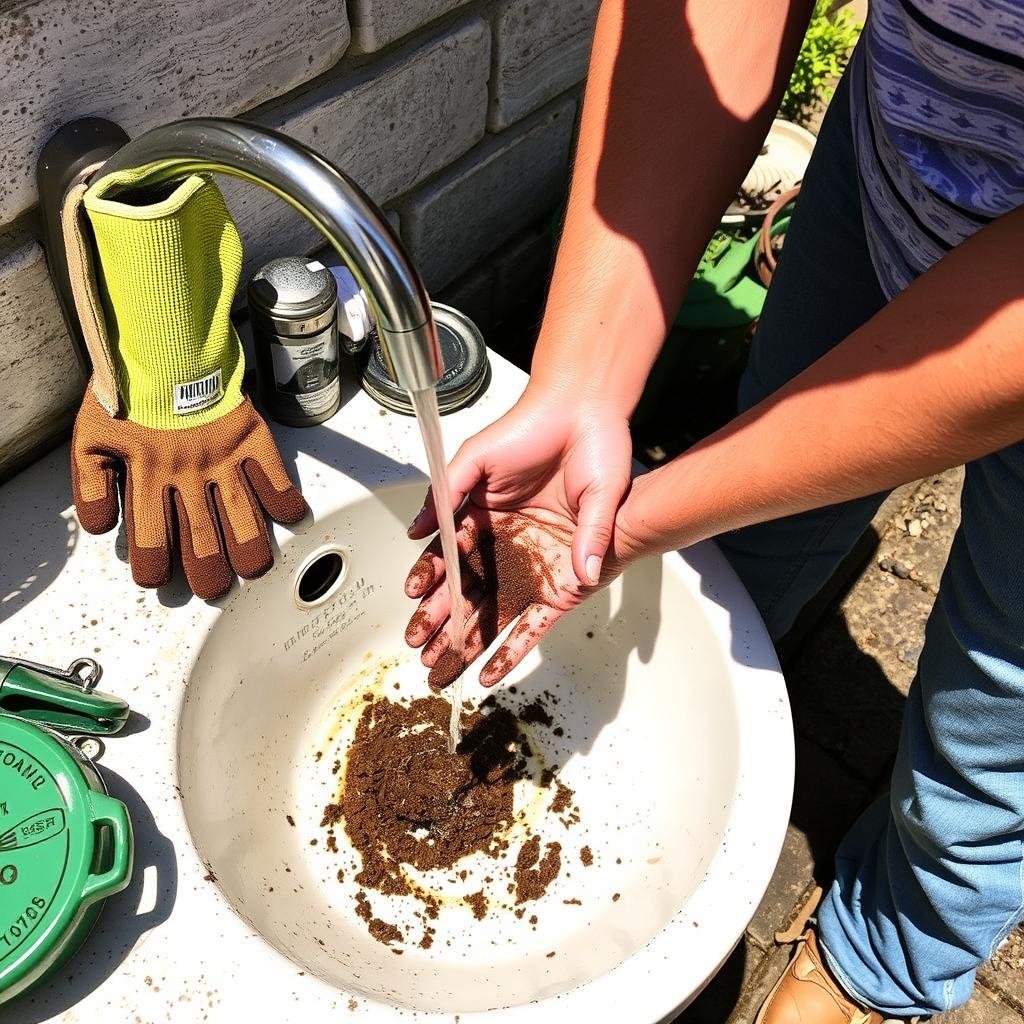
Hand Washing Station
Clean muddy hands after gardening without tracking dirt into your home. Perfect for kids playing outdoors and for guests during backyard gatherings.
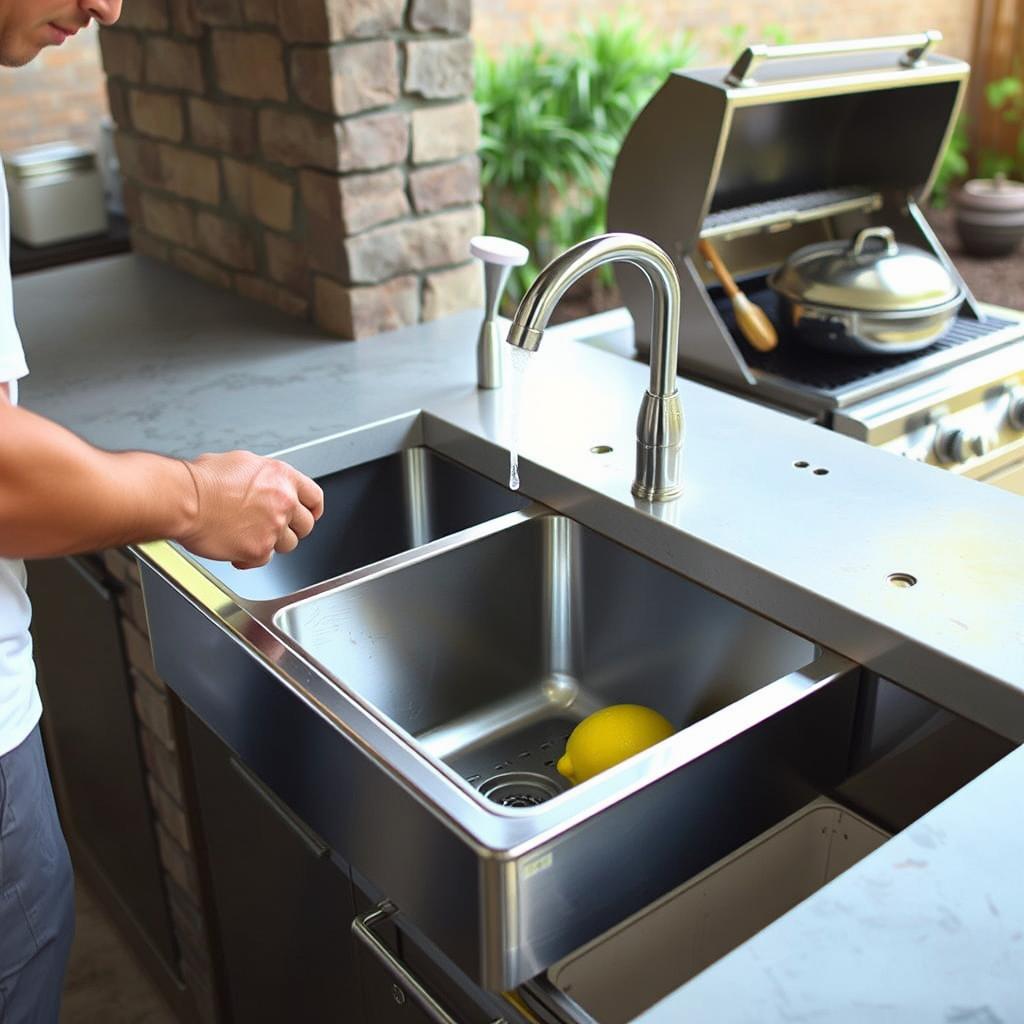
Outdoor Kitchen Companion
Enhance your outdoor cooking area with a convenient water source for food prep and cleanup. Makes entertaining easier with less back-and-forth to your indoor kitchen.
Did you know? A properly built outdoor sink can increase your property value by improving outdoor living space functionality, making it an investment rather than just a convenience.
Materials You’ll Need for Your Outdoor Sink
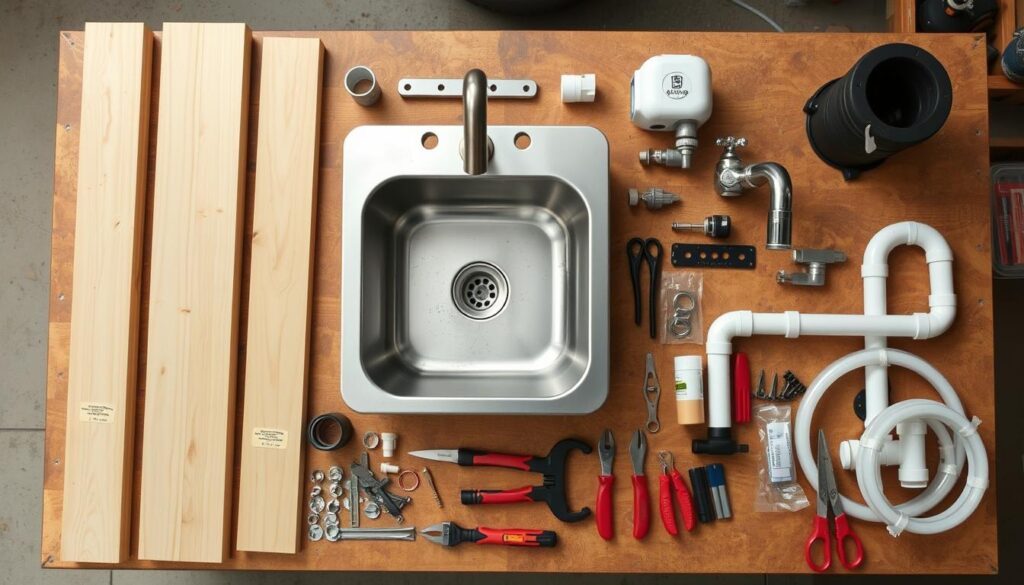
For the Base Cabinet
- Pressure-treated 2×4 lumber (8 pieces at 8ft length)
- Exterior-grade plywood (1 sheet, ¾” thickness)
- Weather-resistant deck screws (3″ and 1½”)
- Exterior wood glue
- Exterior paint or stain (water-resistant)
- Door hinges (2 pairs)
- Door handle or knob
- Magnetic door catch
For the Sink and Plumbing
- Stainless steel sink basin (16-gauge recommended)
- Outdoor-rated faucet
- PVC pipes (1½” diameter for drainage)
- Flexible water supply lines
- Drain assembly kit
- P-trap
- Silicone caulk (waterproof)
- Teflon tape
Essential Tools for the Job
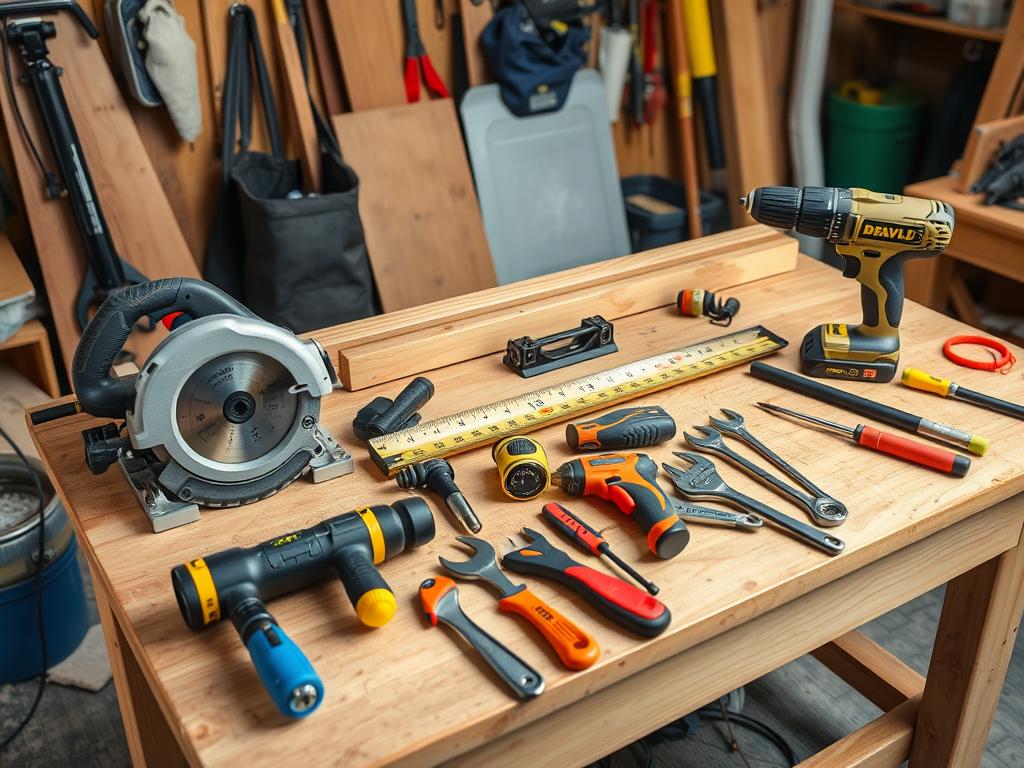
Construction Tools
- Circular saw or miter saw
- Drill with various bits
- Jigsaw (for sink cutout)
- Measuring tape
- Level
- Square
- Pencil
Plumbing Tools
Safety Equipment
“The right tools make all the difference in a DIY project. Don’t skimp on quality, especially for tools you’ll use repeatedly.”
Planning Your Outdoor Sink Design
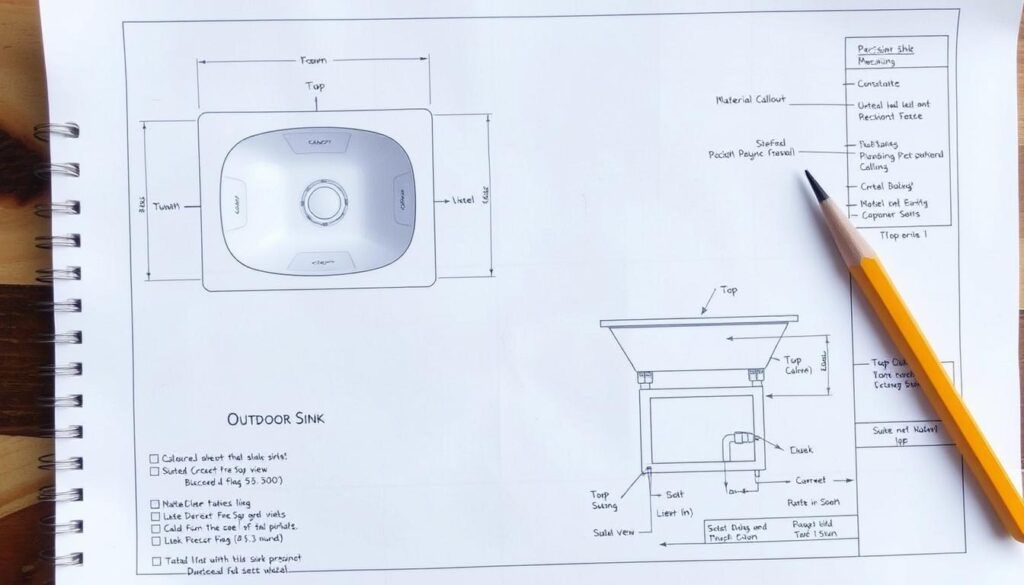
Key Design Considerations
Location Planning
Choose a spot that’s convenient to both water supply and drainage options. Consider proximity to your garden, outdoor kitchen, or entertainment area. Ensure the ground is level or can be made level easily.
Water Supply Options
You’ll need to connect to an existing water line, typically by tapping into an outdoor spigot. Consider whether you need both hot and cold water, which requires more complex plumbing but offers greater functionality.
Drainage Solutions
Plan how water will drain from your sink. Options include connecting to existing drainage, creating a French drain system, or directing water to your garden beds (if using biodegradable soaps).
Weather Resistance
Design your sink to withstand your local climate conditions. In cold climates, include a shut-off valve and drainage system to prevent freezing pipes in winter. In hot climates, consider shade to prevent excessive heat.
Height and Ergonomics
Standard counter height is 36 inches, but adjust based on the primary user’s height. Consider who will use the sink most often and for what purposes to determine the most comfortable working height.
Storage Needs
Incorporate storage space beneath the sink for garden tools, cleaning supplies, or outdoor dining essentials. Weatherproof cabinets or shelving will maximize the utility of your outdoor sink station.
| Sink Type | Pros | Cons | Best For |
| Drop-in Stainless Steel | Easy installation, durable, affordable | Visible rim collects dirt | General purpose, beginners |
| Undermount Stainless Steel | Sleek look, easy-to-clean countertop | More difficult installation | Upscale outdoor kitchens |
| Utility Sink | Deep basin, sturdy, high capacity | Bulky, utilitarian appearance | Heavy-duty cleaning, gardening |
| Bar Sink | Compact, space-saving | Limited capacity | Small spaces, entertaining areas |
Step-by-Step Construction Guide
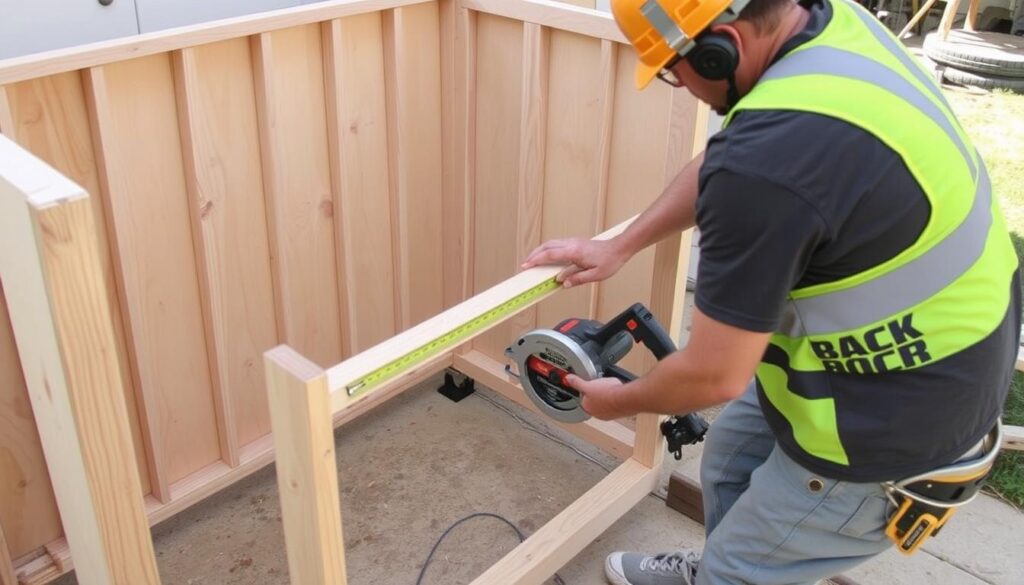
Step 1: Build the Cabinet Frame
- Cut pressure-treated 2×4s to create a rectangular frame that’s 36″ high, 24″ wide, and 24″ deep.
- Assemble the frame using 3″ deck screws and exterior wood glue at each joint.
- Add cross supports at the top of the frame where the sink will rest.
- Check that all corners are square using a carpenter’s square.
- Verify the frame is level at your chosen location.
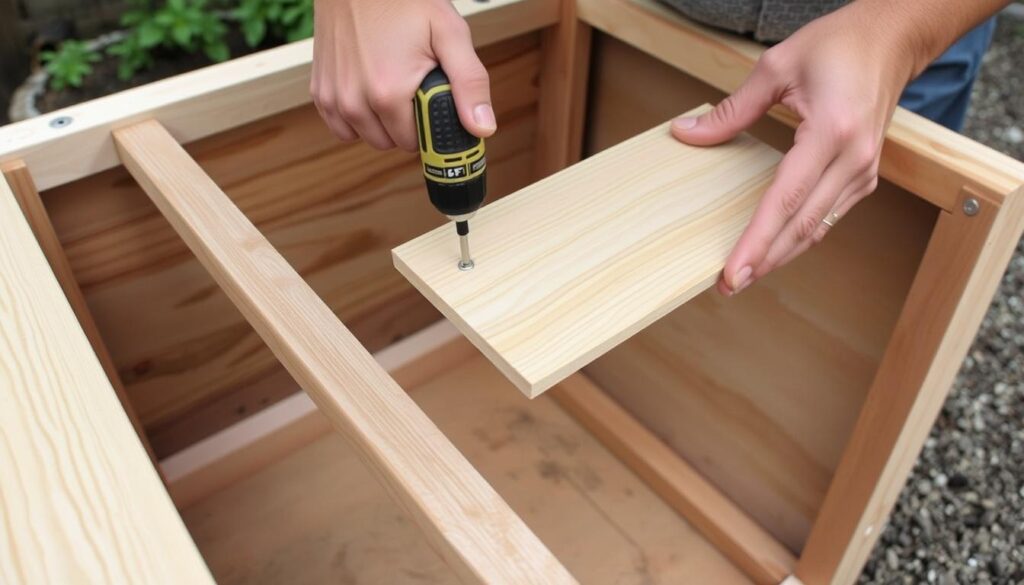
Step 2: Add Plywood Panels
- Cut ¾” exterior-grade plywood to fit the sides, back, and bottom of the frame.
- Attach panels using 1½” deck screws every 6 inches around the perimeter.
- Leave the front open for access to plumbing and storage.
- Cut and attach a plywood countertop, leaving space for the sink cutout.
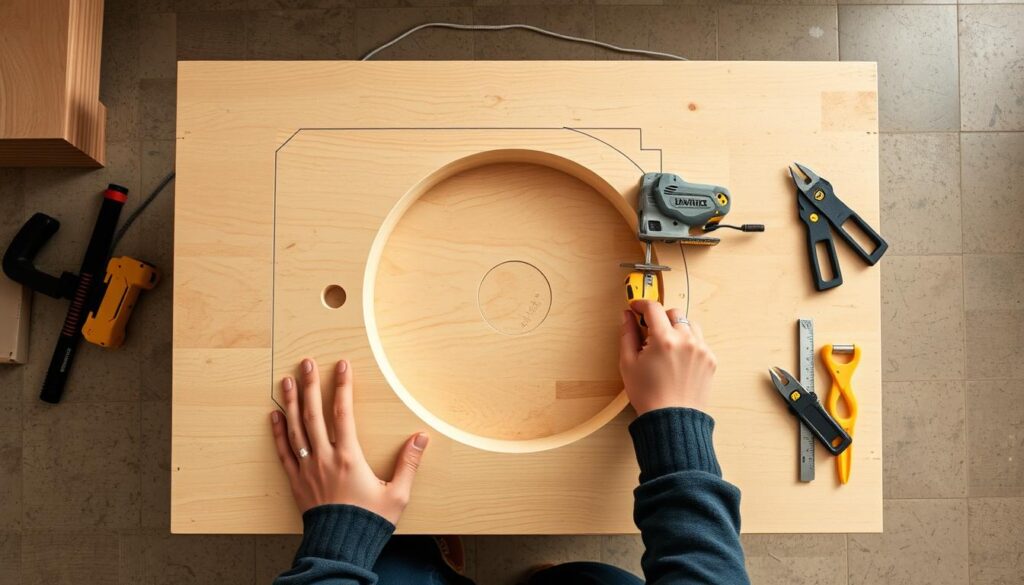
Step 3: Install the Sink
- Place your sink upside down on the countertop and trace its outline.
- Use a jigsaw to cut the opening, making it slightly smaller than your trace line.
- Test fit the sink and adjust the opening as needed.
- Apply a bead of waterproof silicone caulk around the sink opening.
- Place the sink in the opening and secure according to manufacturer’s instructions.
Safety First: Always wear eye protection when cutting wood or plumbing materials. Use gloves when handling rough lumber and sharp tools.
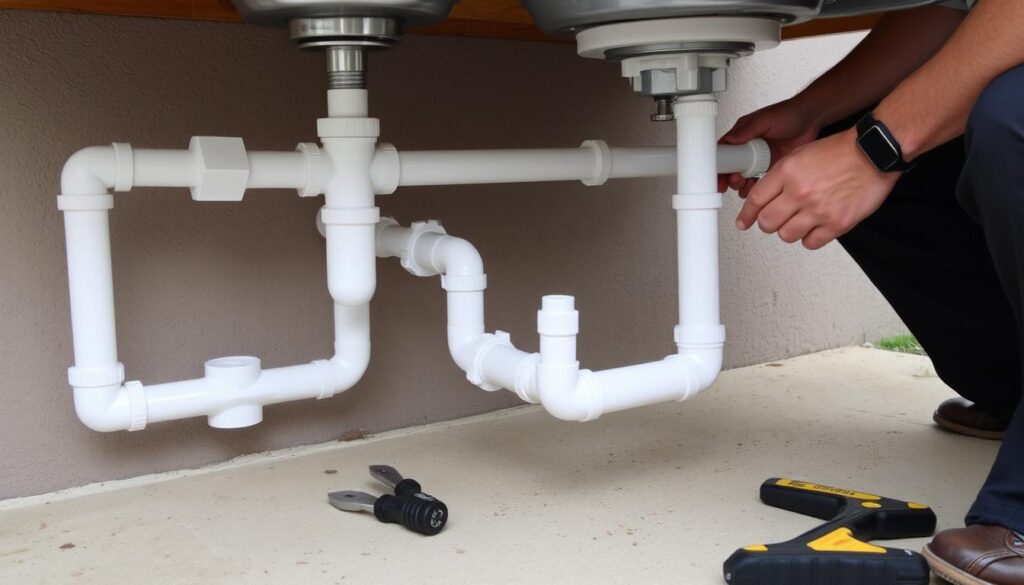
Step 4: Connect the Plumbing
- Install the faucet according to the manufacturer’s instructions.
- Connect flexible water supply lines to the faucet.
- Install the drain assembly and P-trap.
- Run PVC pipe from the P-trap to your chosen drainage location.
- Connect water supply lines to your water source using appropriate fittings.
- Wrap all threaded connections with Teflon tape to prevent leaks.
- Test all connections for leaks before proceeding.
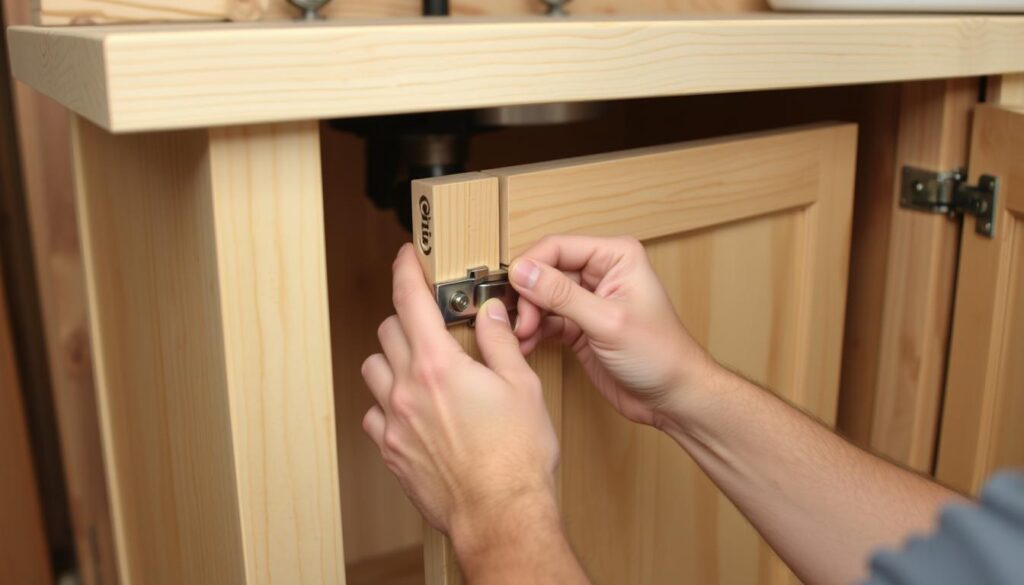
Step 5: Add Cabinet Door and Finishing Touches
- Measure and cut plywood for the cabinet door.
- Attach hinges to the door and cabinet frame.
- Install the door handle and magnetic catch.
- Sand all wood surfaces until smooth.
- Apply exterior paint or stain to protect the wood from the weather.
- Add a second coat after the first has dried completely.
- Consider adding hooks inside the cabinet for hanging tools.
Plumbing and Drainage Setup

Water Supply Options
Garden Hose Connection
The simplest option is connecting to an existing outdoor spigot using a Y-splitter with shut-off valves. This allows you to use both the sink and a garden hose simultaneously. Use a food-grade hose for drinking water safety.
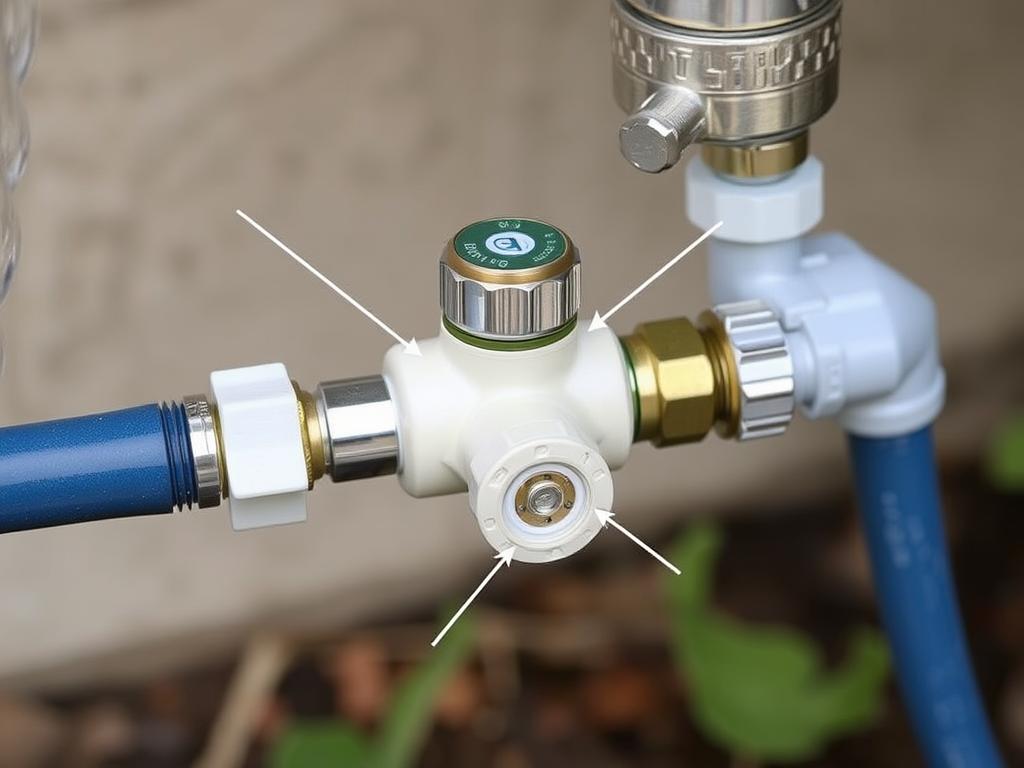
Permanent Water Line
For a more permanent solution, tap into your home’s water supply with copper or PEX piping. This requires more plumbing knowledge but provides a cleaner look and more reliable water pressure. In cold climates, include shut-off and drain valves.
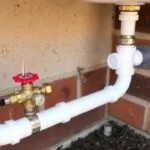
Drainage Solutions
Direct to Garden
If you’ll only use biodegradable soaps, you can direct sink water to garden beds or lawn areas. Use a perforated pipe surrounded by gravel to disperse water and prevent erosion.
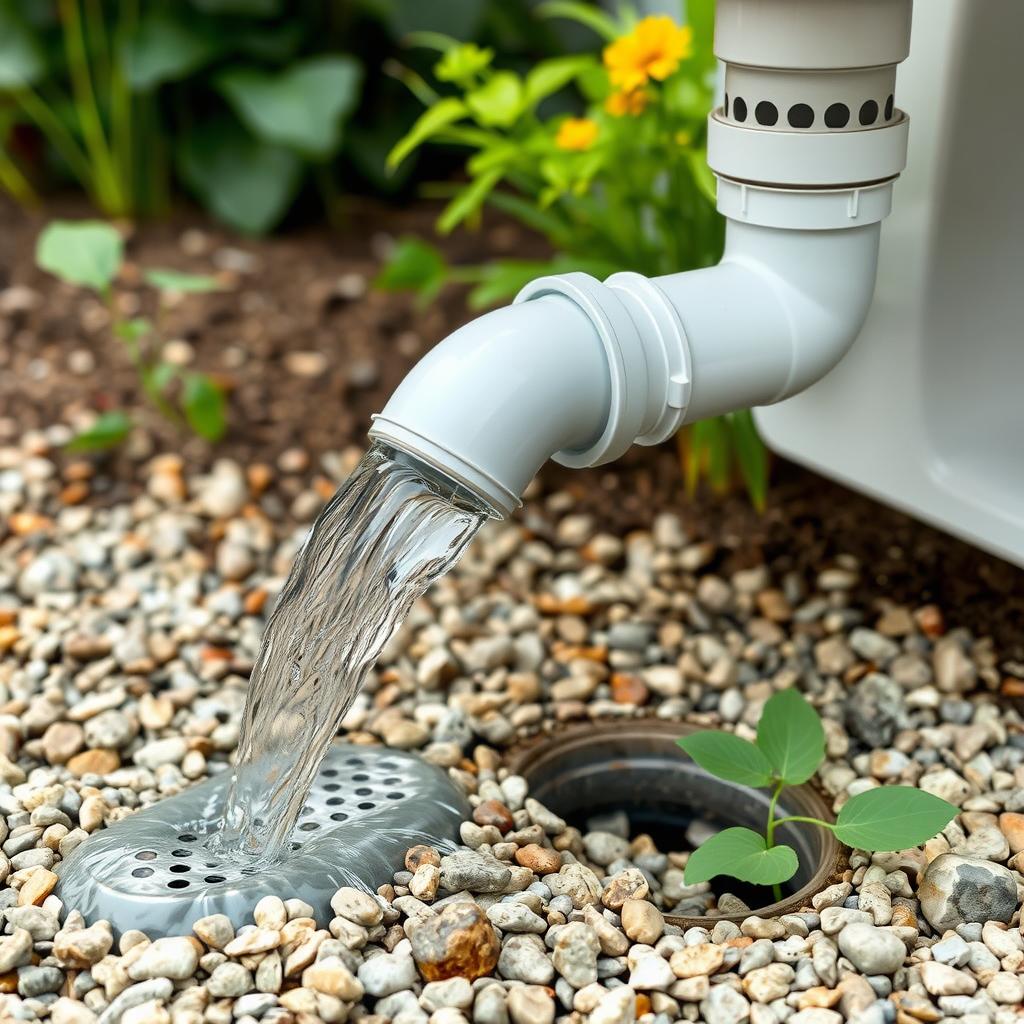
French Drain
Create a French drain by digging a trench, filling it with gravel, and laying perforated pipe. This allows water to slowly percolate into the soil while preventing standing water.
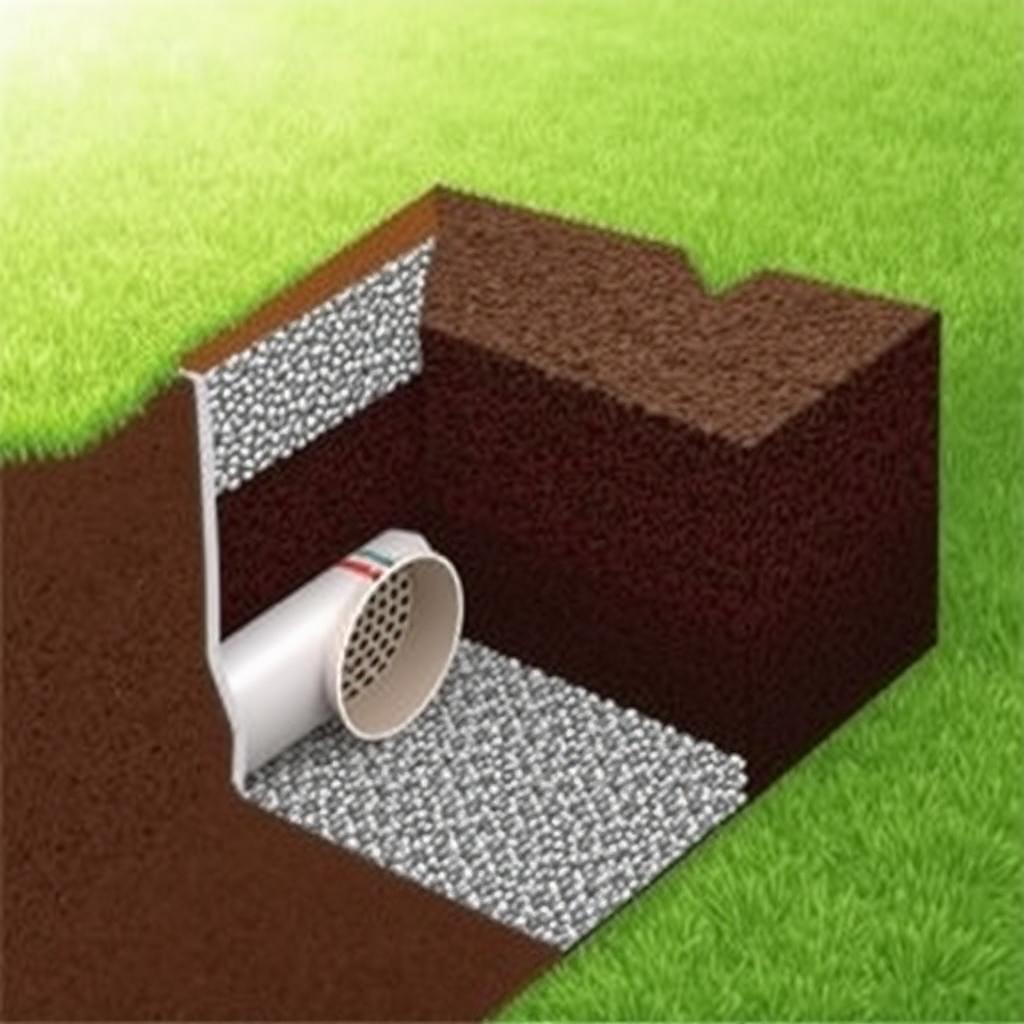
Connection to Home Drainage
The most complex but most effective solution is connecting to your home’s drainage system. This requires proper venting and trapping to prevent sewer gases and comply with local codes.
Local Codes Matter: Before installing plumbing, check your local building codes. Many jurisdictions have specific requirements for outdoor plumbing installations, especially regarding drainage and backflow prevention.
Maintenance and Weatherproofing
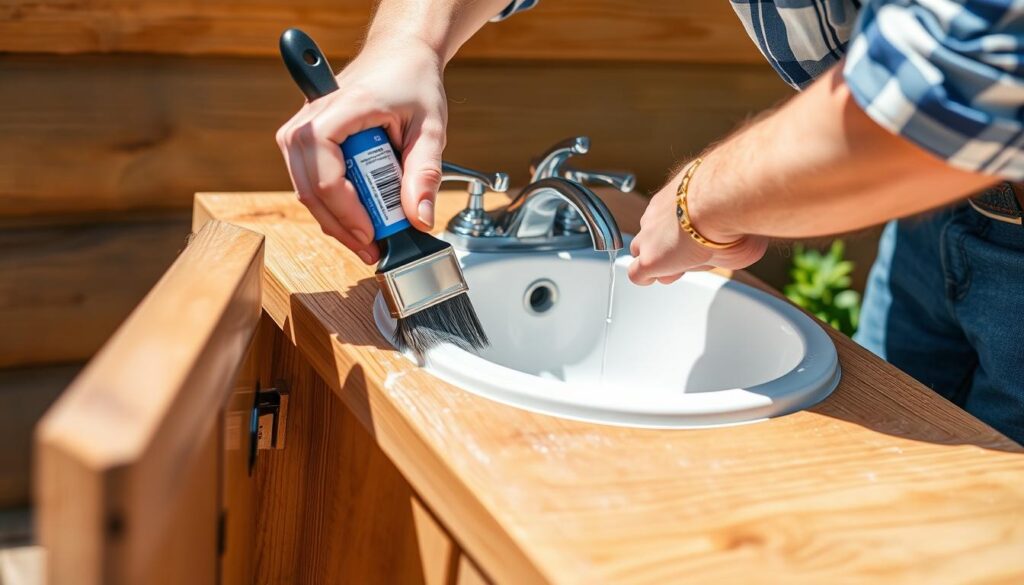
Seasonal Maintenance Checklist
Spring Preparation
- Reconnect the water supply if disconnected for winter
- Check all connections for leaks
- Clean out the P-trap and drainage pipes
- Inspect the cabinet for winter damage
- Apply a fresh coat of sealant if needed
Summer Maintenance
- Clean the sink basin regularly with a mild cleaner
- Check for insect nests in the cabinet
- Inspect drainage for clogs from garden debris
- Tighten any loose hardware
Fall Preparation
- Clear leaves from drainage system
- Check weatherstripping on cabinet doors
- Inspect for any cracks or damage to repair
- Apply touch-up paint or sealant as needed
Winter Protection (Cold Climates)
- Shut off water supply and drain all pipes
- Remove and store faucet indoors if possible
- Pour eco-friendly antifreeze in P-trap
- Cover sink with weatherproof cover
- Secure cabinet doors against winter storms
Weatherproofing Tips
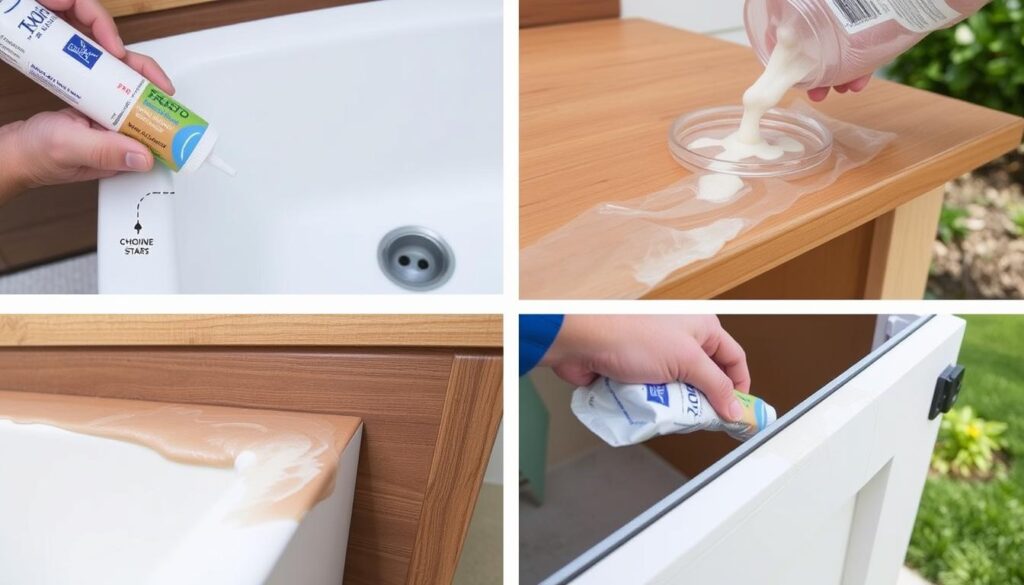
- Seal all edges where sink meets countertop with silicone caulk to prevent water infiltration
- Apply marine-grade varnish to wooden components for maximum water resistance
- Install weatherstripping around cabinet doors to keep out moisture and insects
- Use stainless steel hardware that won’t rust or corrode with exposure
- Apply water-repellent treatment to wooden surfaces annually
- Consider a custom-fitted cover for protection during severe weather or winter months
Budget-Friendly Alternatives
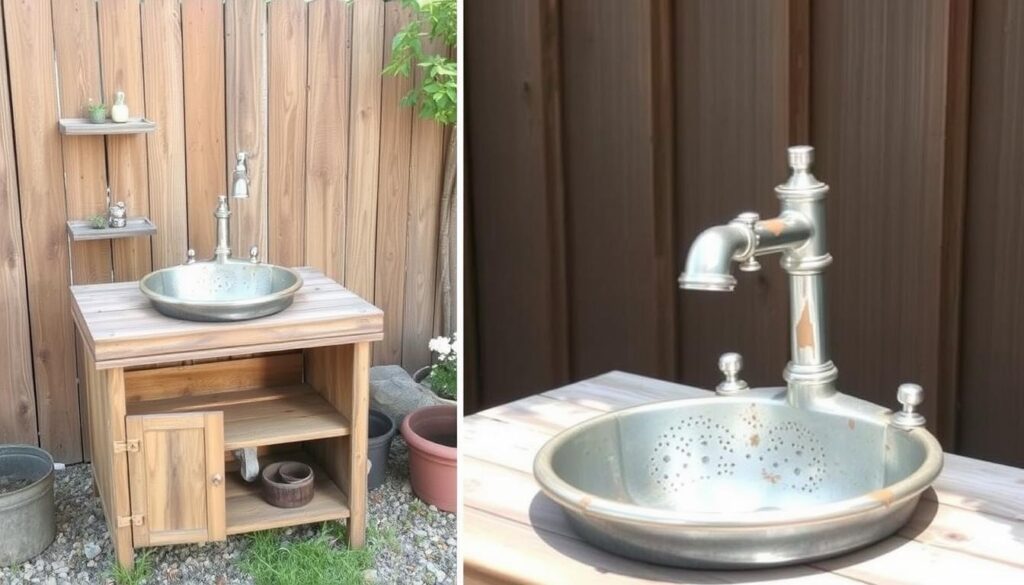
Repurposed Materials Ideas

Wine Barrel Sink
Cut a wine barrel in half and mount a sink basin inside. The natural water resistance of barrel wood makes it perfect for outdoor use. Add a simple faucet mounted through the barrel staves.
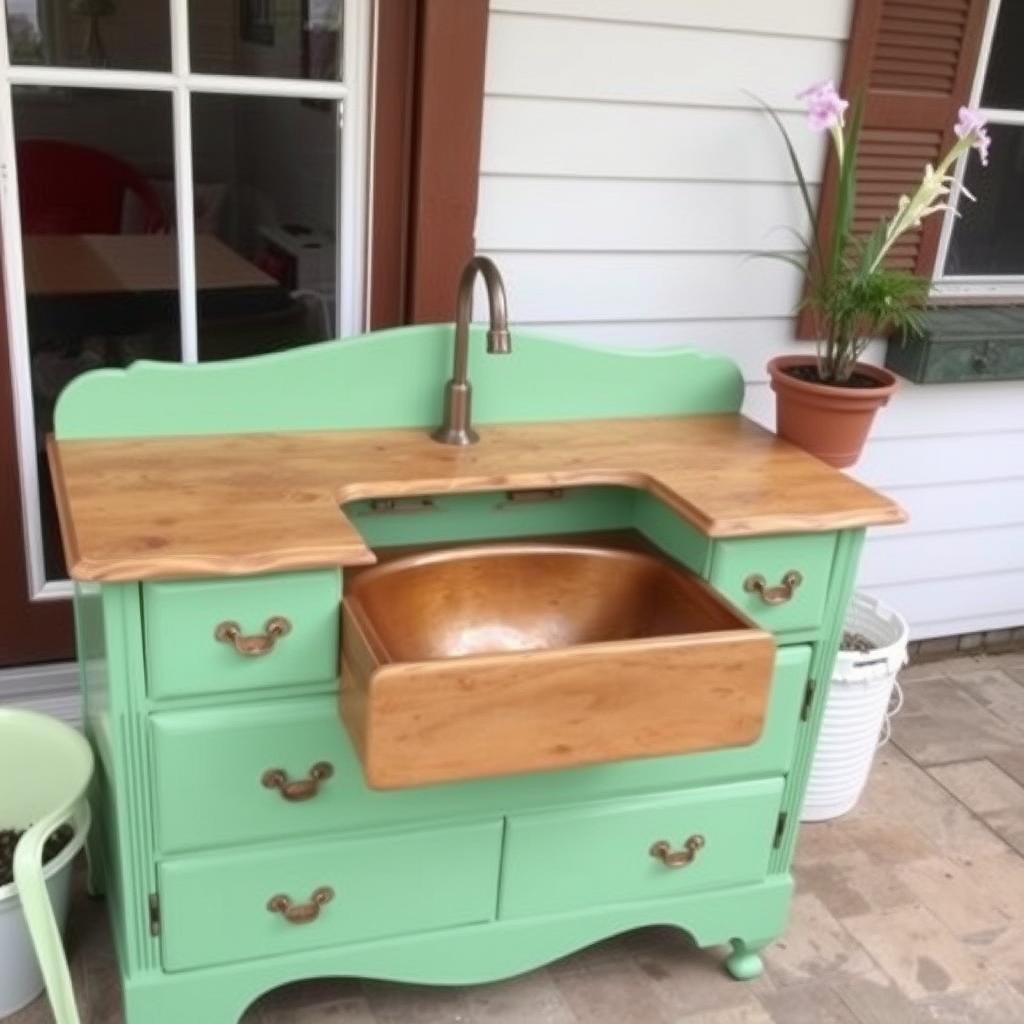
Upcycled Furniture
Transform an old dresser or sideboard into an outdoor sink cabinet. Apply multiple coats of exterior paint or marine varnish for weather protection. Replace the top with a waterproof surface.
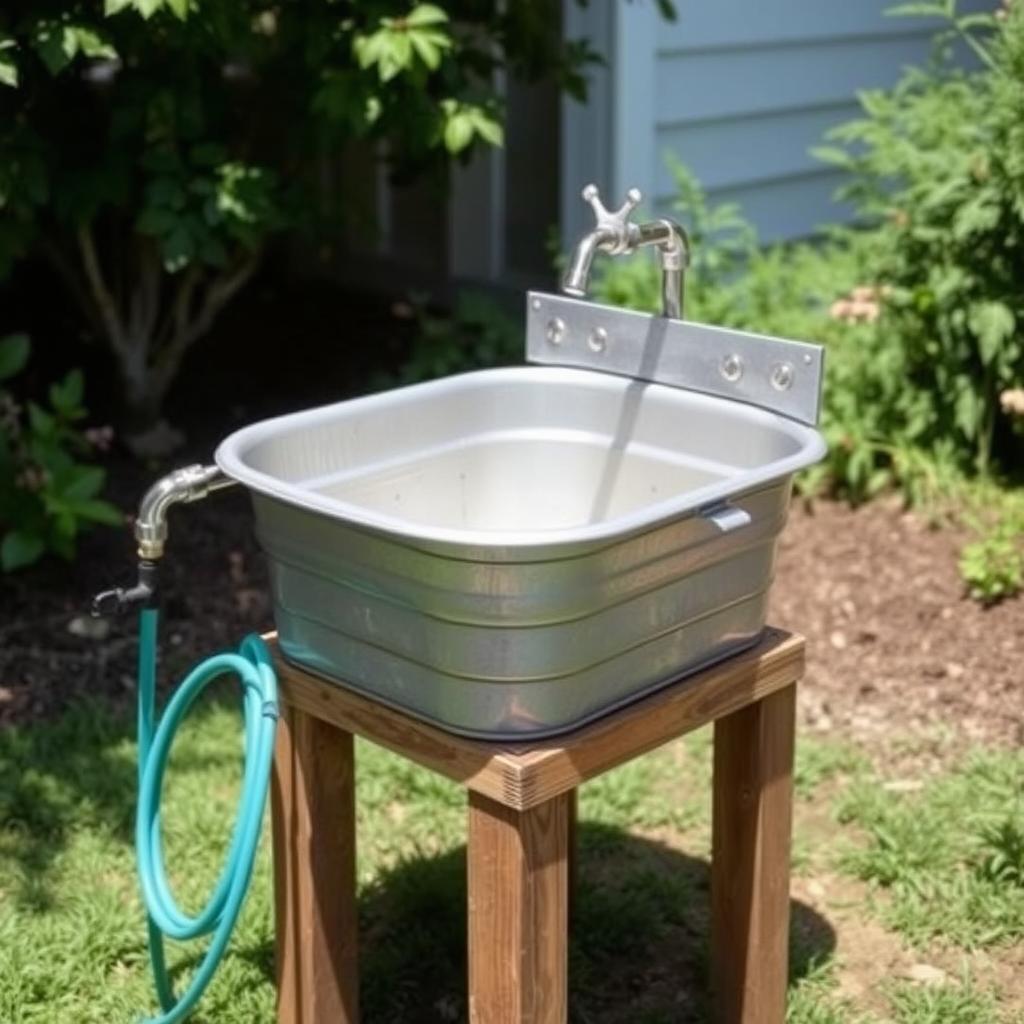
Galvanized Tub Sink
Mount a galvanized washtub on a simple stand. Add a hole and drain assembly, then connect a garden hose with a simple valve. This creates an extremely affordable and rustic outdoor washing station.
Simplified Plumbing Options
Gravity-Fed Water System
Create a simple system using an elevated container with a spigot. Fill the container manually and let gravity provide water pressure. Perfect for locations without easy access to water lines.
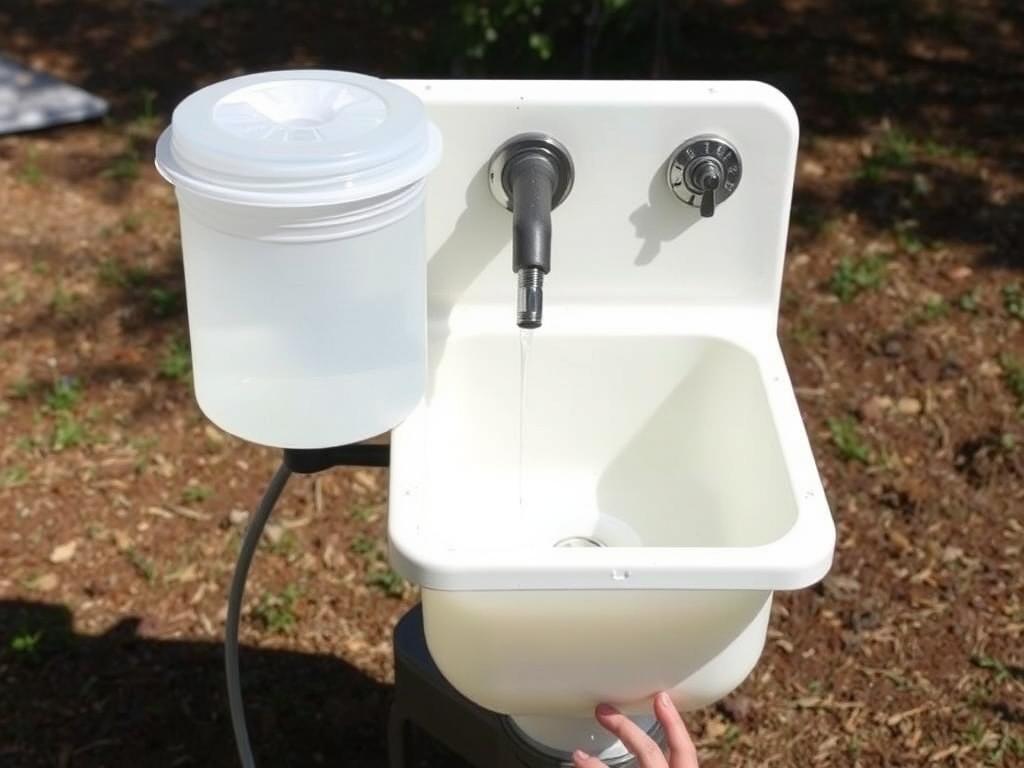
Portable Water Pump
Use a rechargeable battery-powered water pump with a bucket as your water source. This creates a portable sink system that can be placed anywhere in your yard without permanent installation.
Safety Considerations
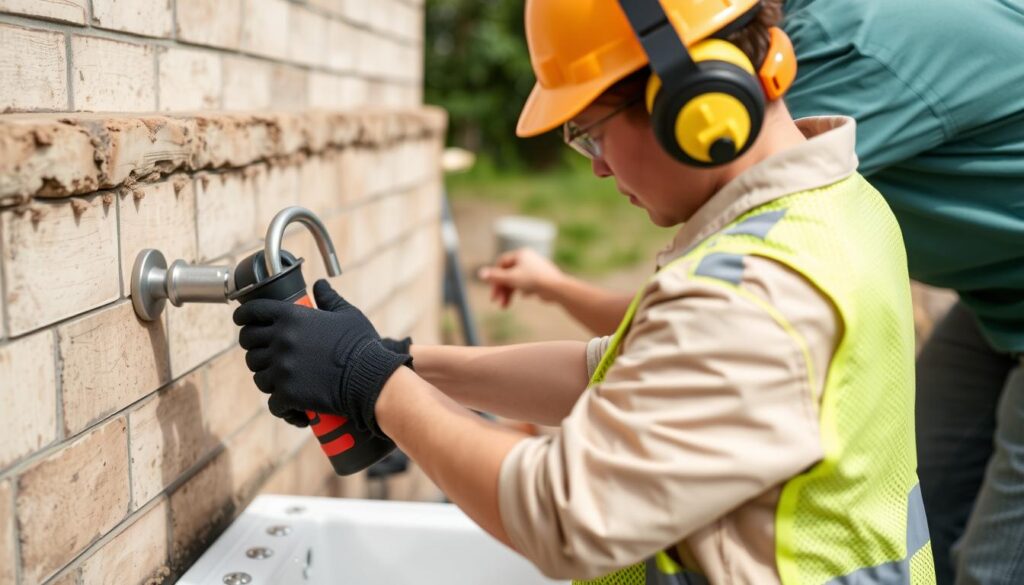
Construction Safety
- Always wear eye protection when cutting materials or using power tools
- Use gloves when handling rough lumber or sharp materials
- Ensure proper ventilation when applying paints, stains, or adhesives
- Keep a first aid kit nearby for minor injuries
- Use proper lifting techniques when moving heavy sink basins or lumber
- Follow all power tool safety guidelines and keep cords away from water
Water Safety
- Install a backflow preventer to protect your home’s water supply
- Ensure proper drainage to prevent standing water and mosquito breeding
- Use only potable water connections if sink will be used for food preparation
- Label non-potable water sources clearly if using reclaimed water
- Consider ground fault circuit interrupter (GFCI) outlets for any nearby electrical connections
- Keep electrical connections well away from water sources
Important: Always check local building codes before installing outdoor plumbing. Many areas require permits for outdoor water connections and have specific requirements for drainage systems to protect groundwater.
Real-World Usage Scenarios
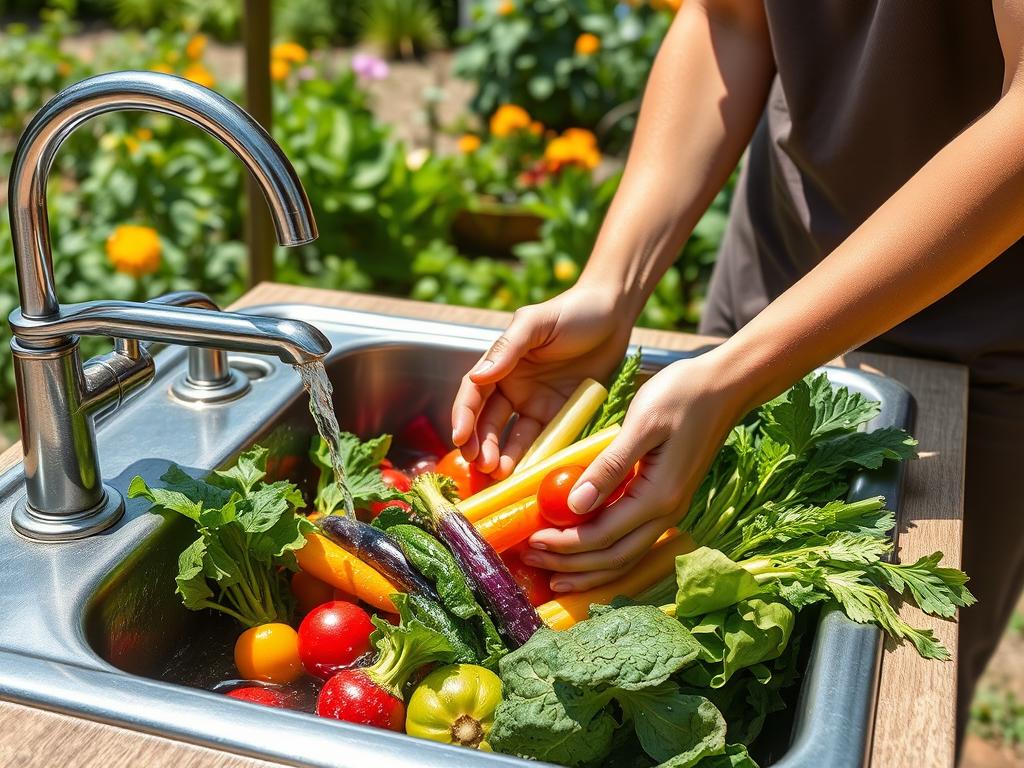
Vegetable Washing Station
Sarah built her outdoor sink next to her vegetable garden. After harvesting, she rinses dirt from produce before bringing it indoors. The sink includes a removable colander insert and directs gray water back to her garden beds.
Key features: Large basin, colander insert, biodegradable soap storage, garden hose connection
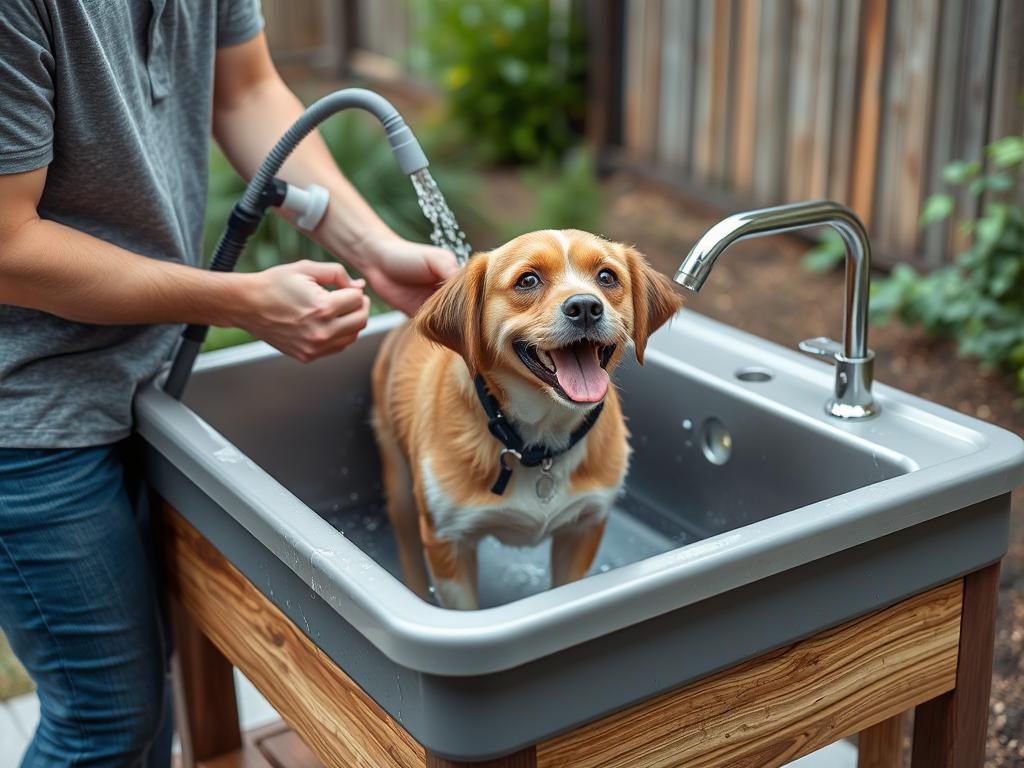
Pet Bathing Area
Michael created a specialized outdoor sink for washing his dogs after their walks. The raised basin saves his back from strain, while a handheld sprayer attachment makes rinsing easy. A hair trap in the drain prevents clogs.
Key features: Extra deep basin, handheld sprayer, hair trap, leash hook, towel storage
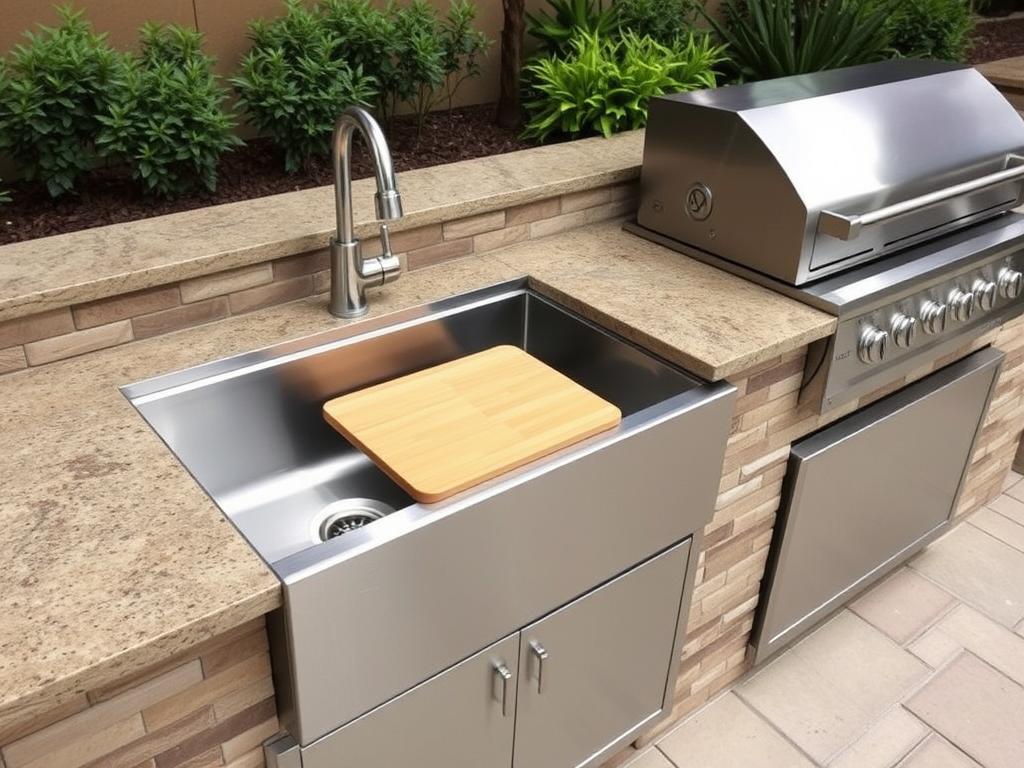
Outdoor Kitchen Prep Sink
The Johnsons integrated a dual-basin sink into their outdoor kitchen. One side is used for food prep, the other for washing dishes. Hot and cold running water make cleanup easy during their frequent backyard gatherings.
Key features: Dual basin design, hot/cold water, cutting board insert, dish drying rack, under-sink storage
Final Recommendations and Conclusion
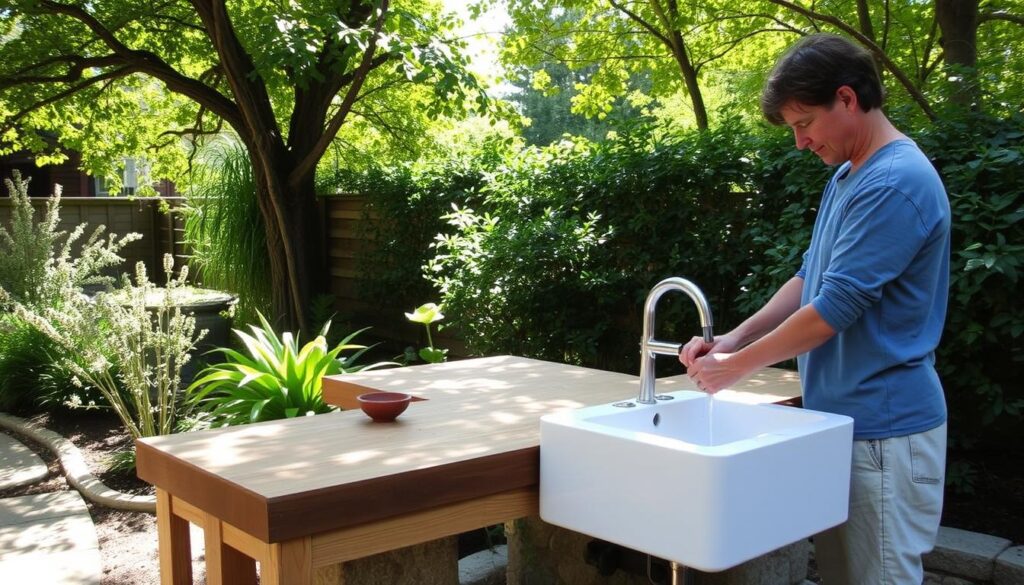
Building your own outdoor sink is a rewarding project that adds tremendous functionality to your outdoor space. Whether you’re an avid gardener, outdoor entertainer, or simply want the convenience of outdoor cleanup, a well-built sink will serve you for many years.
Key Takeaways
- Plan thoroughly before beginning construction, considering location, water supply, and drainage
- Choose quality materials that will withstand your local weather conditions
- Don’t skimp on waterproofing – it’s essential for longevity
- Consider seasonal maintenance needs during the design phase
- Adapt the design to your specific needs and usage scenarios
Remember that your outdoor sink doesn’t need to be elaborate to be functional. Start with a simple design and add features as you determine what works best for your lifestyle. The most important aspects are durability, proper drainage, and convenient placement.
“The best projects are those that combine utility with enjoyment. An outdoor sink does exactly that – making outdoor tasks easier while enhancing your time spent in nature.”
Related Articles
1- The Outdoor Kitchen Sink: A Buyer’s Guide
https://openskykitchen.com/the-outdoor-kitchen-sink-a-buyers-guide/
2- How to Connect an Outdoor Sink with a Faucet in 4 Steps
https://openskykitchen.com/how-to-connect-an-outdoor-faucet-to-a-sink/
3- 5 Reasons You Need a Portable Outdoor Sink
https://openskykitchen.com/why-you-need-a-portable-outdoor-sink/
4- How to winterize an outdoor Kitchen: A Complete Guide
https://openskykitchen.com/how-to-winterize-outdoor-kitchen/
5- Winterize an Outdoor Sink in 5 Easy Steps
https://openskykitchen.com/how-to-winterize-an-outdoor-sink-2/

